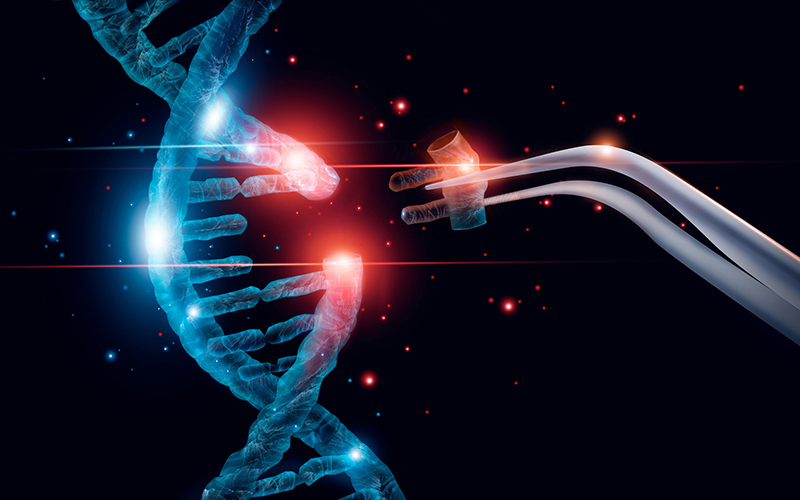This month: Prime editing

What is prime editing?
The latest gene editing technology, which it is claimed expands the “genetic toolbox” for more precisely creating disease models and correcting genetic problems.
Nope. That doesn’t ring any bells.
Don’t worry – it’s very new. In fact, a recent paper by Medical College of Georgia scientists is only the second published study in the use of prime editing in a mouse model.
What did their study reveal?
They reported that prime editing and traditional CRISPR both successfully shut down a gene involved in the differentiation of smooth muscle cells, which helps give strength and movement to organs and blood vessels.
So it’s as good as CRISPR?
Prime editing snips only a single strand of the double-stranded DNA. CRISPR makes double-strand cuts, which can be lethal to cells, and produces unintended edits at both the work site as well as randomly across the genome.
What do the authors say?
Dr Joseph Miano, genome editor and molecular biologist, said: “Prime editing is a less intrusive cut of the DNA. It’s very clean. This is what we want: No detectable indels, no collateral damage. The bottom line is that unintended consequences are much less and it’s actually less complicated to use.”
How much does he know about CRISPR?
Quite a bit – Miano was among the first wave of scientists to use CRISPR to alter the mouse genome in 2013.
Can I read more?
Yep, here’s a link to their full paper online – bit.ly/3cCa1jj
Image credit | iStock




